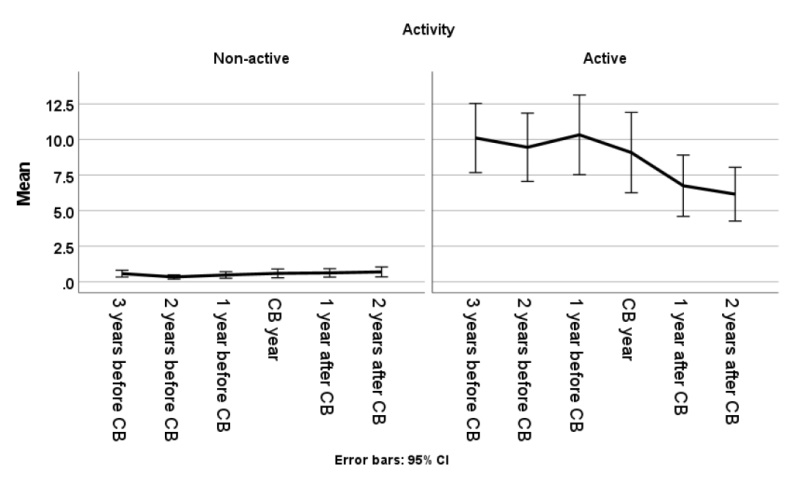Today, the role of science and science production in the growth and development of countries is obvious. Scholarly publications are crucial for higher learning institutions, as they lead to the creation of new knowledge, enhance reputation, stimulate modernization and innovation, improve the quality of academic staff, and boost the institution’s economic status (Dhillon et al.,
2015; Wahid et al.,
2022). Thus, most researchers are striving to enhance their scientific output to increase their national and international rankings. Science is driven primarily by the efforts of a small number of researchers who publish the majority of scientific research and receive a large number of citations (Parker et al.,
2013). Previous studies have indicated that many variables influence the number of publications by a scholar. The impacts of researchers’ age, gender, professional position, field of study, and geographic differences on publication rate have been studied to some extent. For instance, gender-related studies have shown that women tend to publish fewer publications than men, and geographic differences are less important (Abramo et al.,
2009; Kyvik & Teigen,
1996; Xie & Shauman,
1998). It is reported that publishing productivity increases with age and tends to decline at a certain age, usually in the early forties, even though the productivity peak varies between fields (Cole,
1979; Kyvik,
1990). However, the effect of age was not always significant. For instance, a lack of notable correlation between age and research productivity has been documented (Ramsden,
1994; Williams,
2001). Some studies have examined one or a few of the aforementioned factors within a single country, institute, or field of science (Bonaccorsi & Daraio,
2003; Lima et al.,
2015; Wallner et al.,
2003; Way et al.,
2017). For instance, economists’ publication productivity in top journals decreases significantly with age, while acceptance rates remain consistent regardless of age (Oster & Hamermesh,
1998). Other parameters that may affect research productivity are availability of funding for research, teaching responsibilities, access to equipment, assistance from research staff, workload expectations, departmental culture and work environment, organizational setting, as well as individual talent and dedication (Dundar & Lewis,
1998; Kyvik,
1993; Ramesh Babu & Singh,
1998). While most previous studies have examined the effect of gender, age, field of study, and geographical differences individually (Puuska,
2010; Shin & Cummings,
2010), to the best of our knowledge, no work so far has studied the mentioned variables simultaneously.









